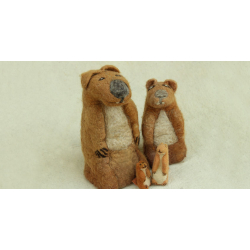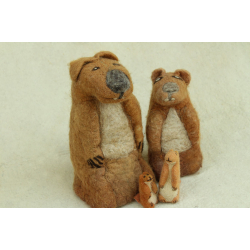From the Land of Passes ~ Mamoot ( Family )
- Availability: 1
- Made & Mkt by: Ladakh Rural Woman Enterprise
- Product Code: 4002-N-YT5
- Weight: 250.00g
- Dimensions: 16.00cm x 15.00cm x 35.00cm
$42.65
These toys are made of 100% natural wool procured from the Yak of Ladakh. Hand felted by the local women, they are made of solid wool core mostly in natural white, grey and black colors with marginal use of natural colorants like turmeric for yellow.
The typical dispatch time is 2-3 days; however, in special cases, it may take longer. Please refer to the product details section for specific timelines. Once dispatched, we will share the tracking details with you.
For returns, you can file a request within 24 hours of receiving the product. If the package is damaged, please make a video while unboxing and share images of the damaged item along with your return request.
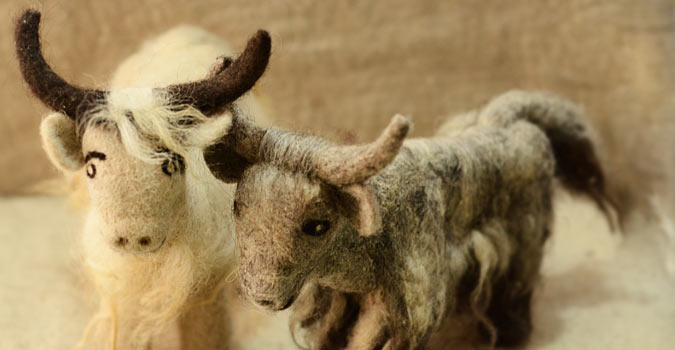
“Ladakh Rural Woman Enterprise” is an initiative to keep the handicraft traditions of Ladakh alive. Founded by Tsering Dolma in 2012, the organization incorporates and empowers about 40 rural women from various remote villages of Ladakh. With a strong hold on various craft techniques and deep rooted connection with the culture of the region, Tsering has been tirelessly working in the sector for past 20 years. Her self-belief and professional commitment is an inspiration to many who have stepped out of the confined boundaries of their houses to realize their dreams.

The organization works with the artisans of pashmina weaving, knitting, woolen felt toy making, traditional shoe making, Tie and Die et al. Owing to extreme weather conditions in winters between September to March, the region lays quiet and frozen under a thick sheet of ice and the movements restricted. Some areas of Ladakh get completely cut off from the rest of the civilization. In such harsh cold, with near to nothing infrastructure in the villages these artisans are forced to stay home. Huddled up together, in layers and layers of woolens and wood burning to keep the blood running in their veins, they still have their creative juices flowing. Weavers weave, toy makers make toys, shoe makers make shoes, women stitch local garments (Goncha) but they do it all with lots of wool around them. This besides keeping them warm is the prime raw material for most of the crafts of Ladakh, which primarily are products from their own lifestyle.

Pashmina is procured from Changthang and nearby Govt. setup at Upshi and distributed amongst the village women, who work from their homes to make some of the most beautiful and exquisite products from the region. A dehairing plant has also been set up at Stopdan under the name of ‘Changthang Co-operative’ for separating wool from pashmina, which comes as a mixed lot from various shearing units. This process of separating pashmina from the rest was also done manually by the older women of the shepherd or weaver community till very recently.

“Pure Pashmina with so many false duplicates floating in the market is a product of rarity these days”, Tsering explains. “While pashmina is the name for the softest inner most layer of hair of a special breed of goat found only on the highest livable mountains of Ladakh, the region is the only source of raw material, though the weaving happens in many clusters in Ladakh and Kashmir.” Increasing demand of the shawls has also led to setting up of power looms. Yak wool with its comparatively coarse texture is another specialty of the region.

“The value of the craftsmanship gets diluted and wasted when a foreigner buys and sells their products without knowing the process behind it and convening it at the time of sales.” She says while her hands are busy pricking the woolen Himalayan Marmot. Felting is a process they learnt in a workshop several years back and have been making woolen toys ever since. Along with the natural wool colors like shades of grey and brown they also dye the wool in natural colors like mustard yellow from ‘Rubab roots’ to add character to these toys. A special teethed pin with wooden handle is used to prick a body of wool held in hands, this helps in mixing and entangling the fibers across its thickness and making a homogenously thick mass of wool. Colored layers are added on top and attached to the base in the same manner; this is done to create patterns on the base body.
| Craftsmen | |
| Made by | Ladakh Rural Woman Enterprise, Ladakh |
| Material | |
| Made of | 100% wool |
| Instruction | |
| About Sizes | Large -L:16 W:15 H-35 Medium - L:11 W:11 H-26 Small - L:4 W:4.5 H-13 |
Red… the colour of blood, of life, vitality… red, the colour of the Mother Goddess, the embodiment of power, the nurturer and destroyer… the protector..
$154.35
Red… the colour of blood, of life, vitality… red, the colour of the Mother Goddess, the embodiment of power, the nurturer and destroyer… the protector..
$154.35
Red… the colour of blood, of life, vitality… red, the colour of the Mother Goddess, the embodiment of power, the nurturer and destroyer… the protector..
$154.35
Red… the colour of blood, of life, vitality… red, the colour of the Mother Goddess, the embodiment of power, the nurturer and destroyer… the protector..
$154.35
Red… the colour of blood, of life, vitality… red, the colour of the Mother Goddess, the embodiment of power, the nurturer and destroyer… the protector..
$154.35
Red… the colour of blood, of life, vitality… red, the colour of the Mother Goddess, the embodiment of power, the nurturer and destroyer… the protector..
$154.35
Red… the colour of blood, of life, vitality… red, the colour of the Mother Goddess, the embodiment of power, the nurturer and destroyer… the protector..
$154.35
A synesthetic expression…where songs and words dance on canvas, colours and patterns make musical harmonies…The Gond tribal painting is an experience ..
$37.67
Gujarat is synonymous with colourful embroideries with rich textures, saturated hues and interspersed sparkles. But it is not just Kutch, which is fam..
$50.77
Sunset at the great Narmada, the stepped ghat dotted with small temples, flickering diyas floating downstream in prayer, the river glowing a flaming g..
$21.12
Music, they say, is the silence between two notes. The silence becomes even more omnipresent as it makes rare appearances between the constant sounds ..
$23.35
The lush earth , in an embrace with fabric, sprouts beautiful patterns. And the earth had it’s playful ways, in slowly letting out this secret, to the..
$12.96
Legend tells us that, centuries ago, in the stark landscape of Saurashtra, a shepherd man married a woman from the weaver community amidst great oppos..
$21.73
Gathering commences in the middle of deserted pavilions where velvet carpets adorn the Dessert lands & Manganiyars play folk music as a bugle for ..
$10.40 $20.82
Gathering commences in the middle of deserted pavilions where velvet carpets adorn the Dessert lands & Manganiyars play folk music as a bugle for ..
$10.40 $20.82
Gathering commences in the middle of deserted pavilions where velvet carpets adorn the Dessert lands & Manganiyars play folk music as a bugle for ..
$10.40 $20.82
Gathering commences in the middle of deserted pavilions where velvet carpets adorn the Dessert lands & Manganiyars play folk music as a bugle for ..
$10.40 $20.82
A familiar chatter swells in the air as feet chase the trail of a carelessly flying odhani in the by-lanes of Bhuj, spilling colors all over. While&nb..
$62.35 $69.29
A familiar chatter swells in the air as feet chase the trail of a carelessly flying odhani in the by-lanes of Bhuj, spilling colors all over. While&nb..
$189.07 $210.09
A familiar chatter swells in the air as feet chase the trail of a carelessly flying odhani in the by-lanes of Bhuj, spilling colors all over. While&nb..
$70.27 $78.09









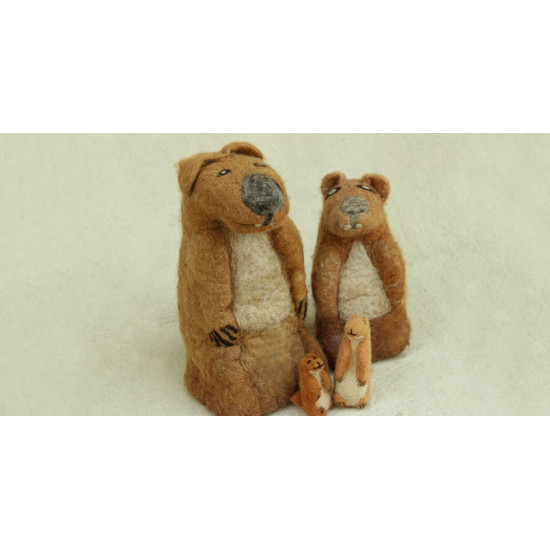
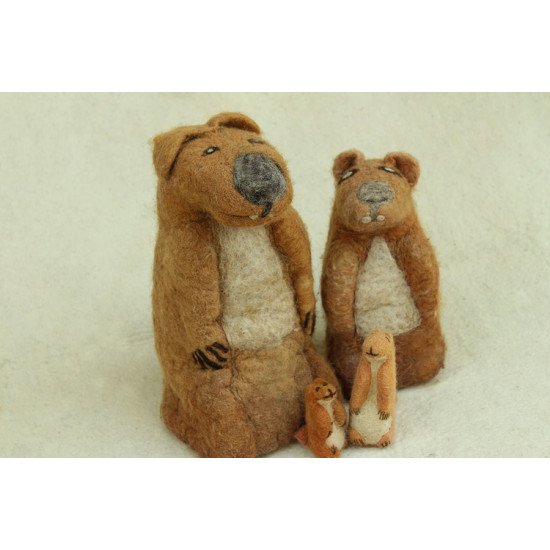





-225x150w.jpg)
-225x150h.jpg)
-225x150w.jpg)
-225x150h.jpg)
-225x150w.jpg)
-225x150h.jpg)
-225x150w.jpg)
-225x150h.jpg)
-225x150w.jpg)
-225x150h.jpg)
-225x150w.jpg)
-225x150h.jpg)
-225x150w.jpg)
-225x150w.jpg)
/16_05_2023/Gond-Art-Hand-Painted-Gond-Painting-Mango-Tree-1-225x150h.jpg)
/16_05_2023/Gond-Art-Hand-Painted-Gond-Painting-Mango-Tree-225x150w.jpg)
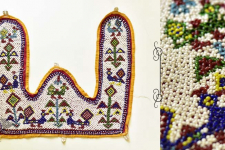
-225x150w.jpg)

-225x150w.jpg)
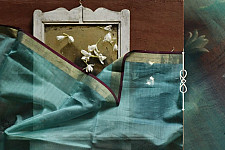

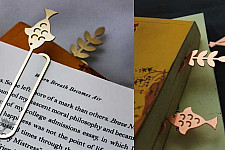
-225x150w.jpg)
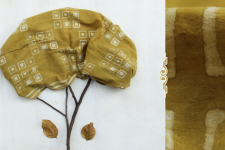
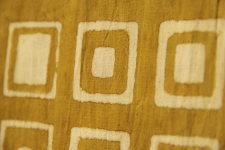
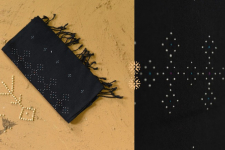
-225x150w.jpg)









-225x150w.jpg)

-225x150w.jpg)

-225x150w.jpg)
